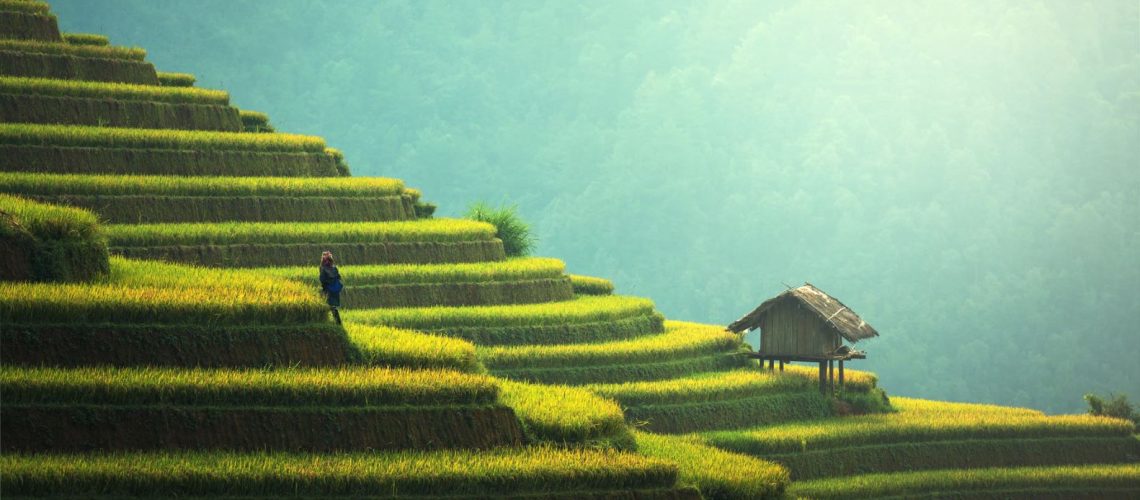As we progress towards the end of 2020, we understand that many travellers will be getting restless to get out and explore and enjoy life-changing travel experiences. We at Discova are preparing and doing everything we can to be ready to offer the best possible services as we return to some semblance of regular travel activity. With this in mind, we wanted to update our partners and travellers on the latest updates across Asia – what the situation is on the ground and when we may be likely to see some movement in terms of borders opening. So, here it is, a country-by-country rundown of what we know in each destination.
Thailand
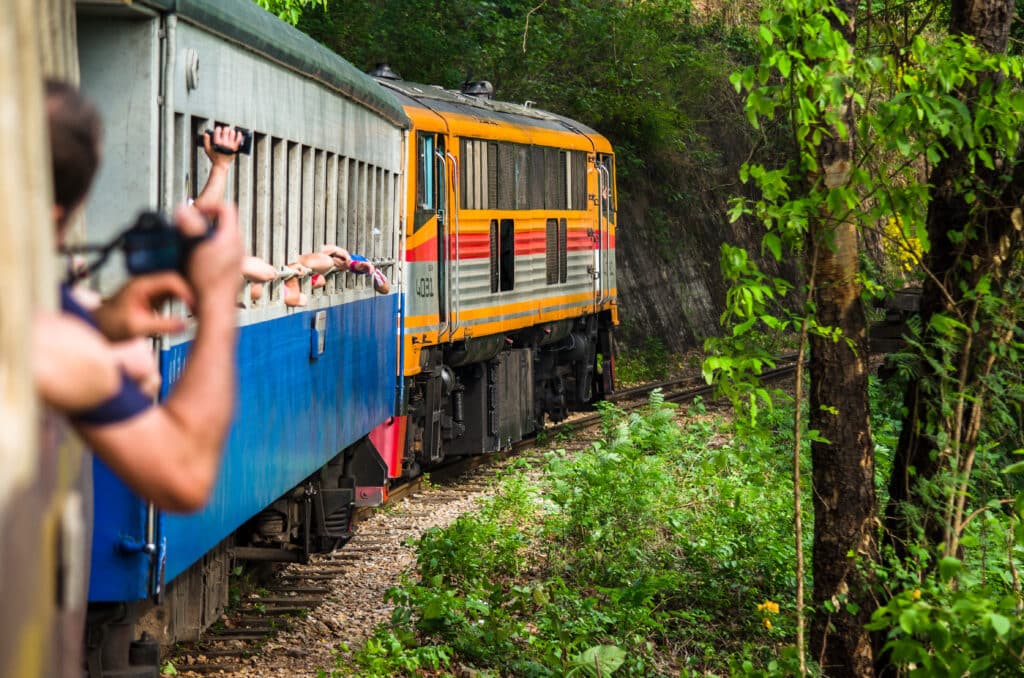
International flights to Thailand remain banned, with limited exceptions including spouses, foreigners with special arrangements, students, and repatriations. Those who do enter the country have to undergo a mandatory two-week quarantine in government-supplied facilities, as well as complying with other procedures including providing extensive documentation. Under these circumstances, a small group of Chinese tourists will be arriving in Phuket on October 8th. This group is part of a broader approval to grant 90-day tourist visas, though details of who can apply for this are yet to be announced. There are mooted rumours of further travel bubbles being opened, but nothing concrete is in place. Authorities have provided some conflicting information in recent weeks, so we are prepared for announcements to be made at short notice, though excited about the possibilities. In terms of life within Thailand itself, foreigners who are based here recently saw another visa amnesty put in place. Those who are here enjoy relative normality: bars are open and busy, restaurants bustling, and malls and shops available for business. Though, in truth, many tourist areas are struggling, being so reliant on the usual influx of visitors.
Vietnam
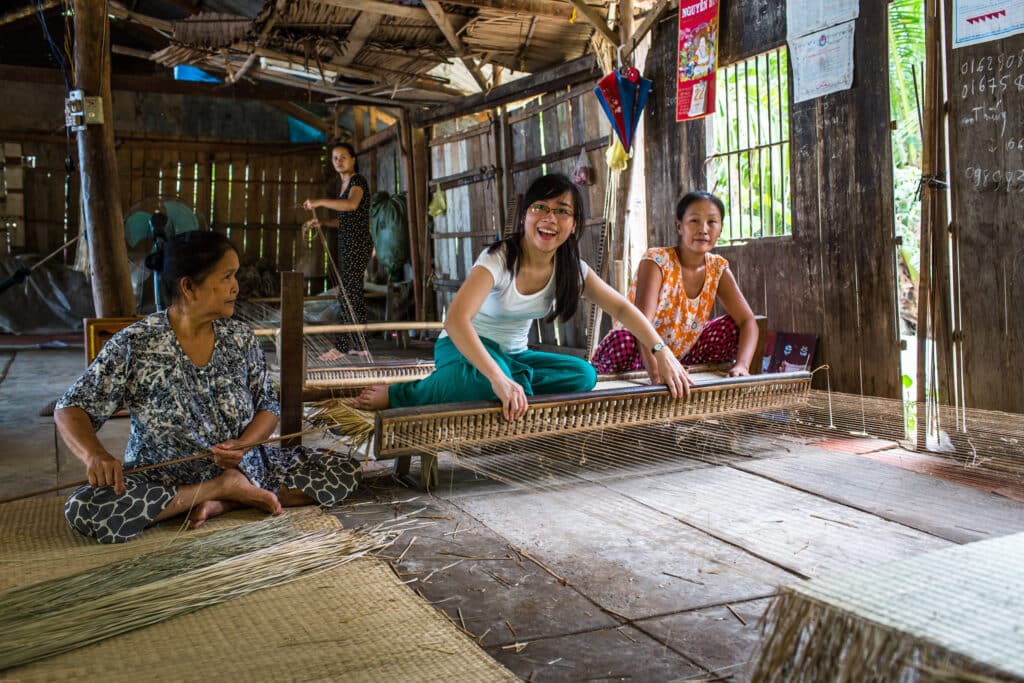
The Transportation Ministry is working with the Ministry of Foreign Affairs to resume commercial international flights with countries with better control of community infection. This means that we are hopeful that some international flights to other Asian countries will be confirmed soon, though tourists will not be prioritised initially. The government is now working on the premise that localised lockdowns are more beneficial for the country should infections occur. Prior boarding procedures will include a negative COVID test, pre-approved visas, evidence of medical insurance as well as downloading a contact tracing app. It seems that the plan will be to draw up a pre-approved list of hotels and resorts where tourists may undergo quarantine. Much like Thailand, life in Vietnam is returning to normality, and we are operation ready to set things in motion as soon as we can do so.
Laos
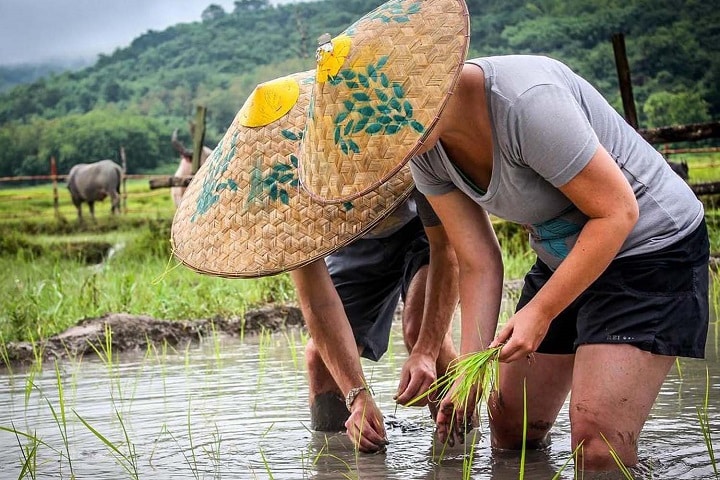
Laos has extended its travel ban through at least September 30th. With very low infection rates within the country itself, it seems that Laos will be waiting on other countries within the region to open its borders so that this will be a confined experiment of international travel. The cautious approach of the government is exemplified by the fact that the government have repeatedly warned of closures should infections rise, despite having only 20 cases of the virus. Laotians have largely escaped the negatives of this pandemic, though they are wearing masks and socially distancing, just like the rest of the world. We are hopeful that Laos will be welcoming tourists from countries in the region soon.
Japan
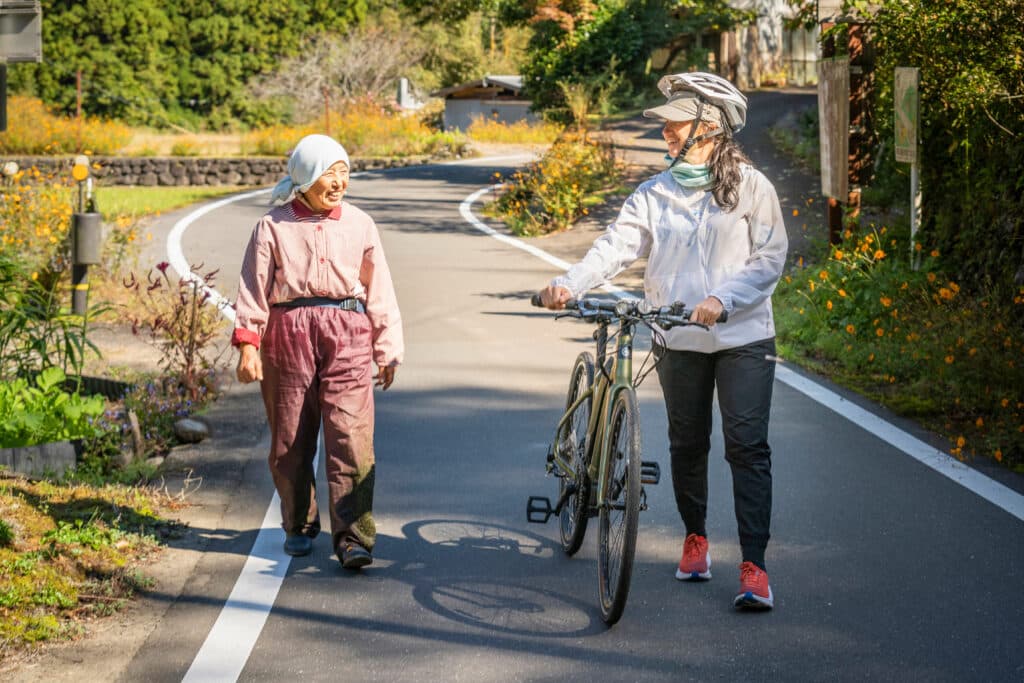
The state of emergency has been waived country-wide. Shops, restaurants, bars, gyms, theatres, cinemas – all are open for business as domestic travellers are free to explore the country. Of course, social distancing measures are in place, as well as ubiquitous features such as hand gel and plastic sheets, yet here too there is a relaxing of the panic that characterised the first part of 2020. We have adapted our products in Japan to comply with all the new standardised procedures. We are just waiting patiently for a relaxing of border closures to help travellers discover this fascinating destination.
Singapore
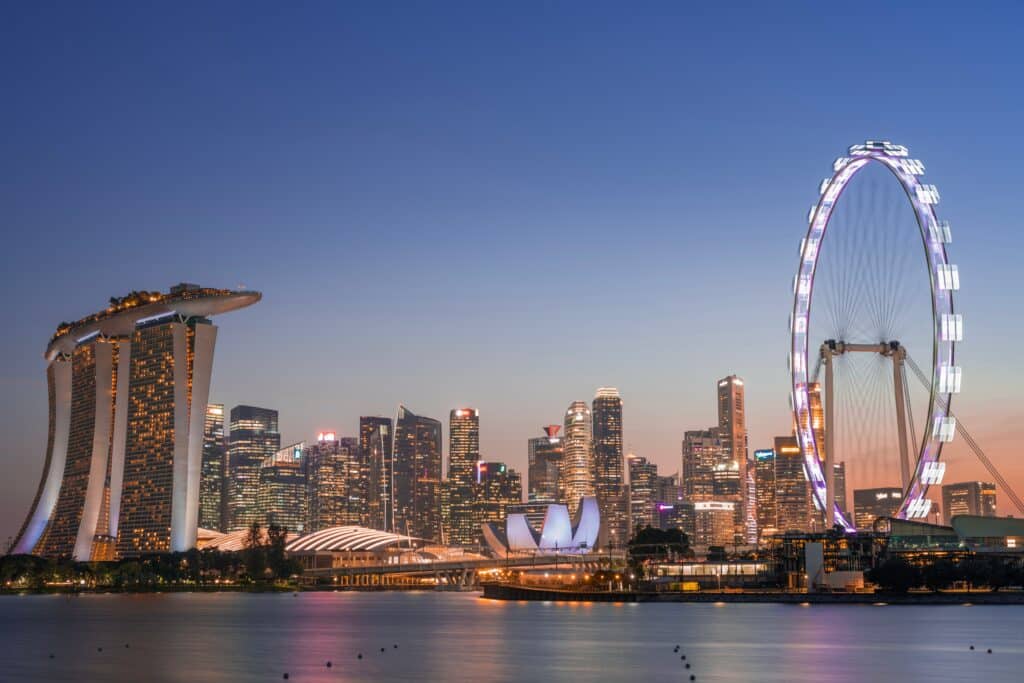
Singapore has been inching towards a relaxing of border closures. The prevailing opinion is that travellers from low-risk countries will be allowed to enter since there is little chance of importation. There are ‘green lanes’ in place for essential business travel between Japan, China, and South Korea. From September 1st, New Zealand and Brunei were granted admission with travellers not needing to go into quarantine. There are some restrictions, including proving a negative PCR test, downloading a contract tracing app and purchasing an ATP (Air Travel Pass). The hope is that these are the first tentative steps toward a broader relaxation, though progress may be slow as caution is the watchword once more. The government have announced there are planned discussions with other countries to make arrangements for reciprocal lanes of travel. Our team in Singapore have innovated their products to comply with in-country restrictions and have implemented our standardised health and safety procedures – we’re all set to welcome more travellers.
Malaysia
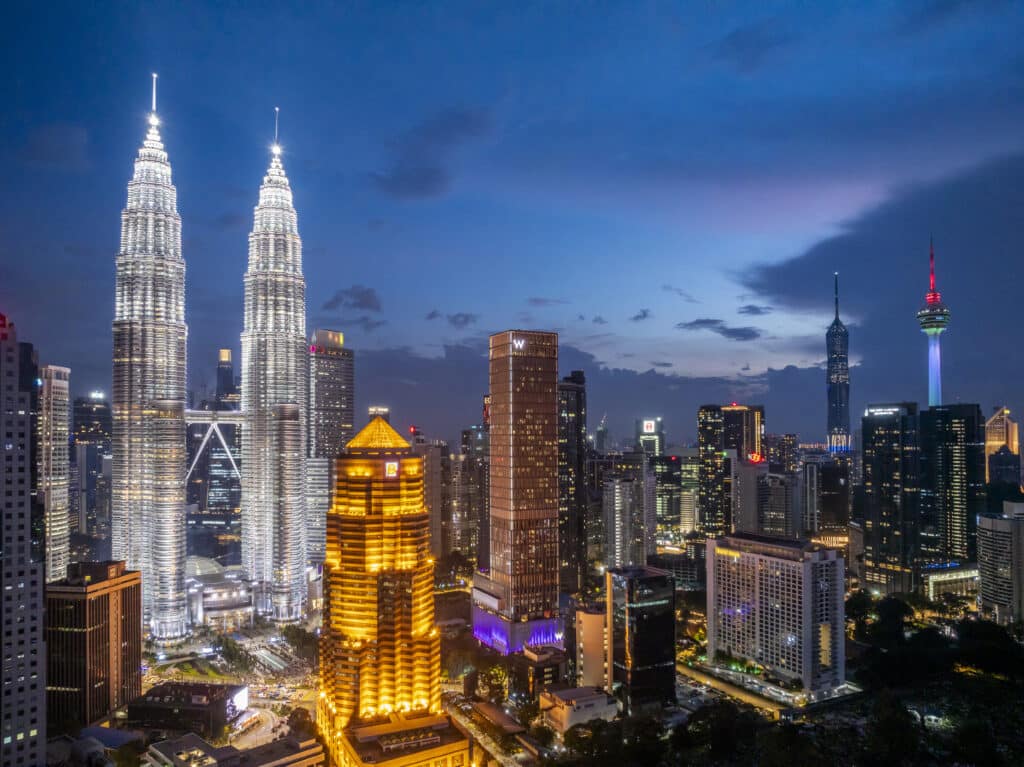
Malaysia is part of a ‘Reciprocal Green Lane’ of travel between Singapore, in which essential travel between the two countries has been granted. There has also been an allowance for ‘medical tourists’ from designated countries to enter Malaysia for treatment. Malaysia is still currently seeing more than 100 new cases per day at the moment, so perhaps the government is a little wary of making further announcements related to inbound travel.
Indonesia
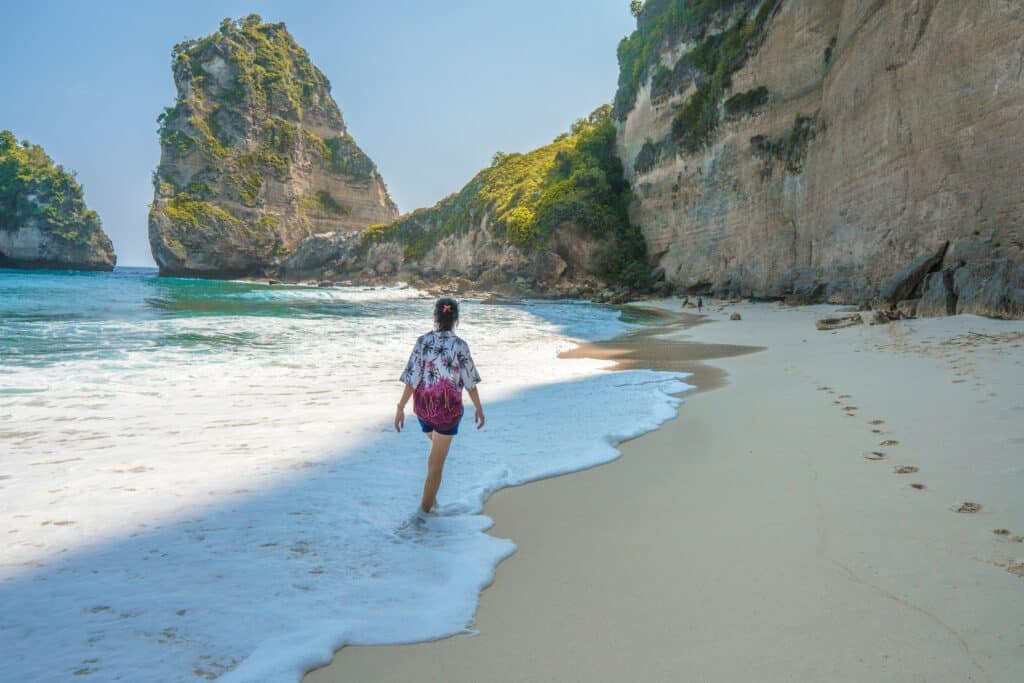
The reopening of Bali had been mooted for international tourists from September 11th, according to the governor of Bali. However, officials are now suggesting this could be put back to the end of 2020. This is in response to a recent rise in the infection rate in Indonesia. There is a clear desire here for tourism to be restarted, especially on the island of Bali. Yet, naturally, the situation is dependant upon being able to keep the infection rate in check.
Cambodia
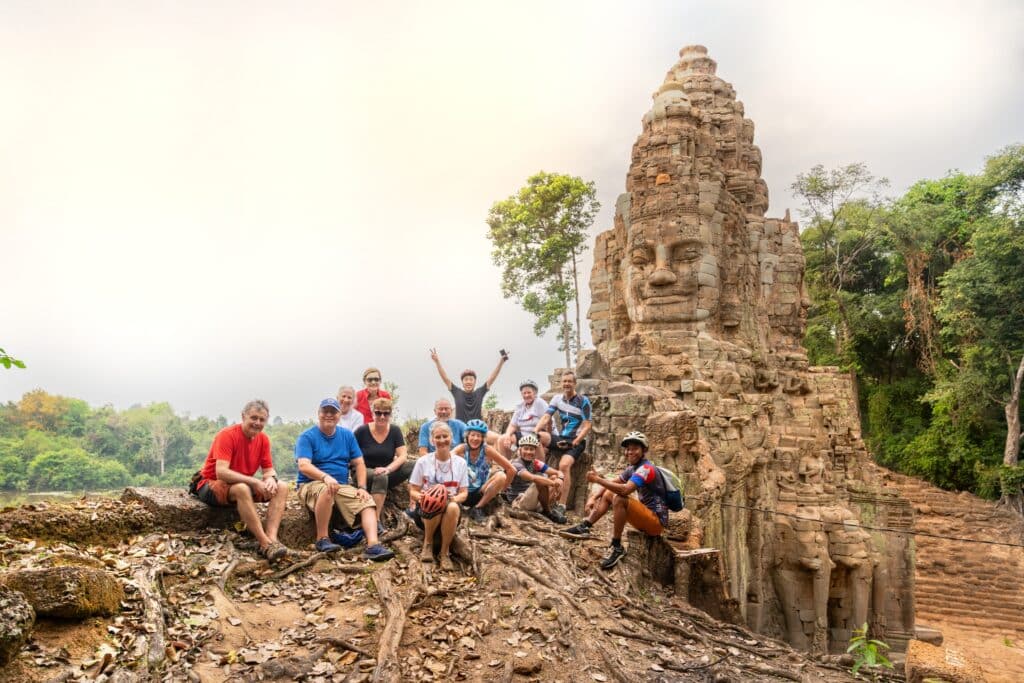
Cambodia is another destination with extremely low domestic infection rates. Much like its neighbours, the country is anxious to welcome tourists but is proceeding with caution. The government is allowing select travellers from designated countries, but there are numerous obstacles in place. These include a hefty $3000 deposit on arrival to cover the cost of potential expenses related to COVID-19. Visitors also need to pay for a test on arrival, wait 24 hours for results and then still have to proceed with a 14-day self-isolation. While these measures are quite strict, the hope is that Cambodia will follow the lead of other countries such as Vietnam and Thailand. They are looking at possibilities of expanding opportunities for visitors soon.
Myanmar
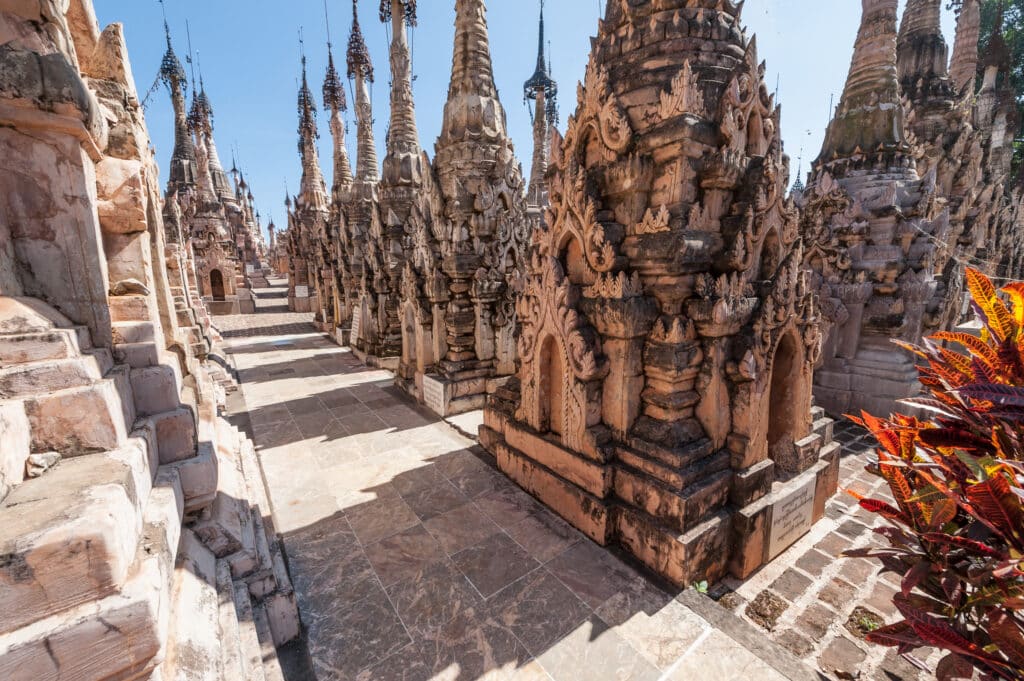
Unfortunately, Myanmar suffered a recent outbreak and spike in cases. The government reacted accordingly, imposing localised lockdowns in and around Yangon. Domestic travel between certain areas has been banned in n attempt to contain the virus. Myanmar had been performing well, so this is an unfortunate setback. However, once infection rates subside, Myanmar is expected to follow the lead of other countries in the region.
Hong Kong
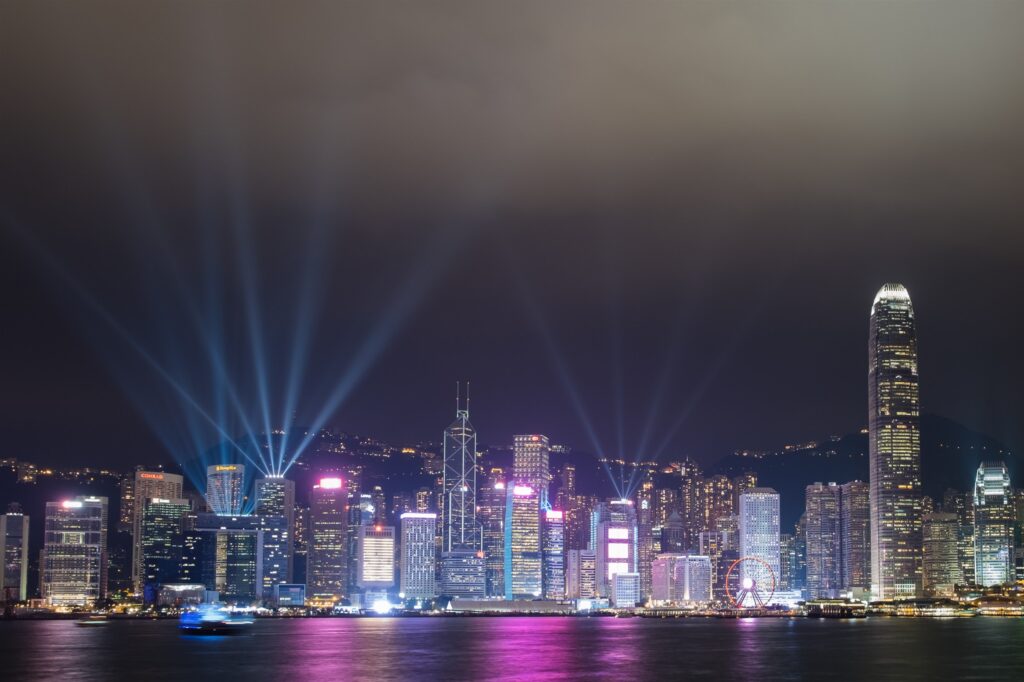
Hong Kong is one of the many countries discussing the possibility of travel bubbles with countries with low-infection rates, though we are waiting for further details on this. Currently, Hong Kong residents are allowed re-entry, as well as travellers from China, Taiwan, and Macao who have not left these countries in the last 14 days. We expect some movement on this soon, though it will be likely that travellers will need substantial documentation to enter initially, including negative COVID tests. It’s worth noting that Hong Kong places significant importance on testing and tracing, with tests actually free in public hospitals.
China
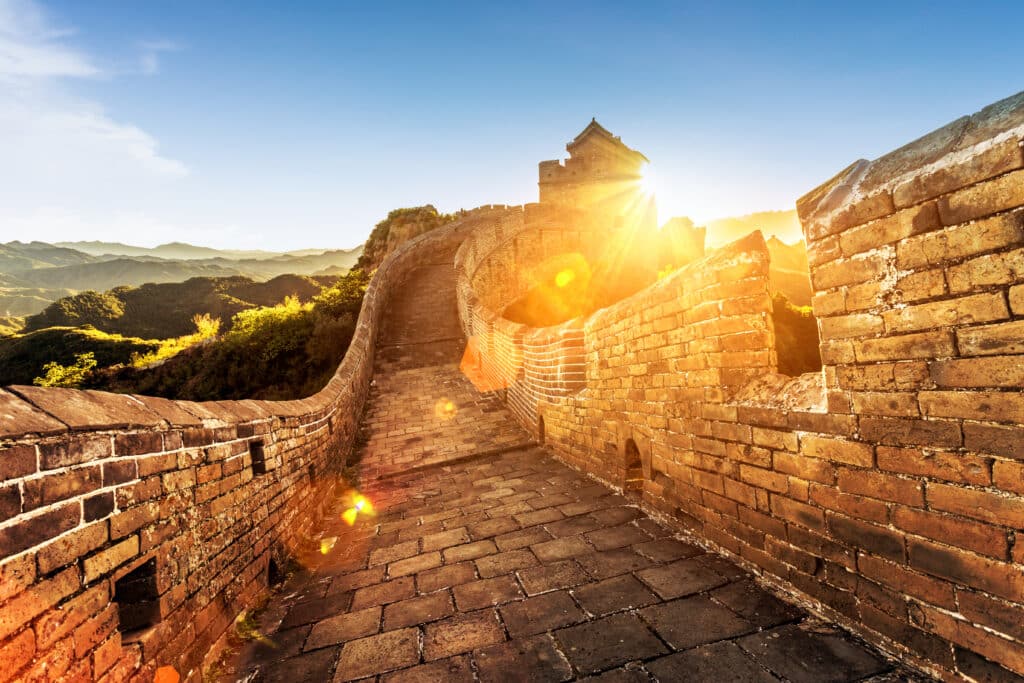
China is not open for general tourism as yet but has reopened its airspace for select travellers. These travellers must qualify for visas to China, an already select process, and must come from a list of pre-approved countries. Within China, the pandemic was brought under control quickly by stringent measures enacted by the government, though clearly there is a nervousness of a resurgence in cases related to inbound travellers. We hope for further relaxations soon.
While the summaries above may not be pleasing for travellers hoping to travel right now, it’s important to highlight that conversations are being had regarding the opening of borders. Countries across Asia have seen some of the strictest measures regarding border closures. This is partly the cause of many of the success stories in the region. Now that discussions are ongoing and announcements expected soon, it’s essential to highlight that life is returning to normality in many of these destinations. By extension, our teams in these destinations are fully prepared to welcome back travellers, safe in the knowledge that they can provide rich and rewarding experiences. Therefore, we can say that the outlook is positive with developments expected soon.


